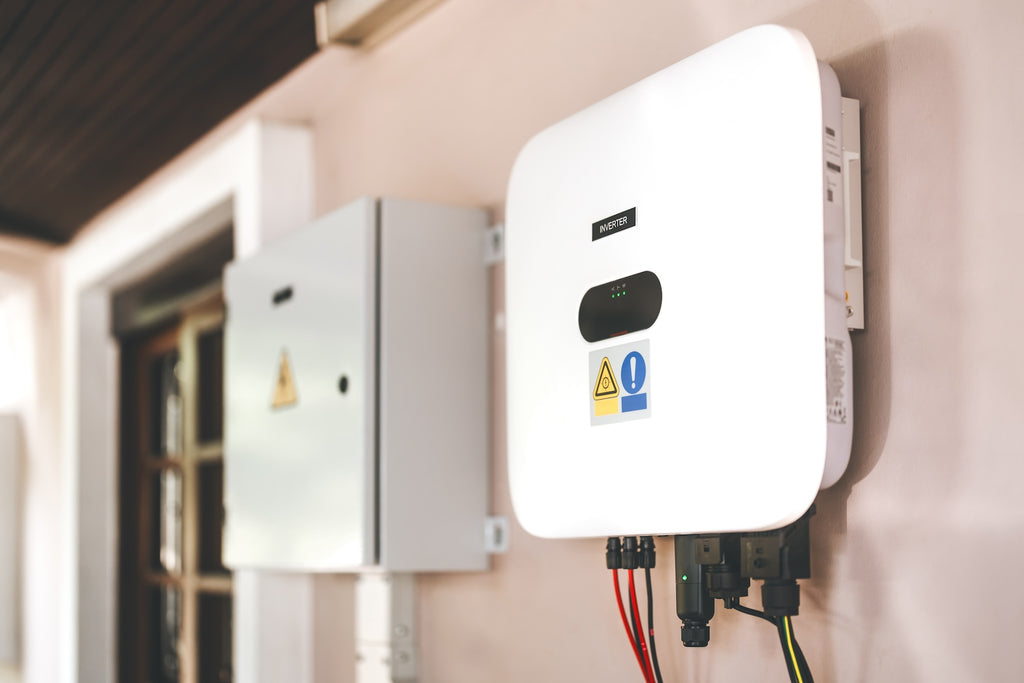
Peak power of your panels and practical power of a solar installation
Power of solar panels: Wc purchased and W produced
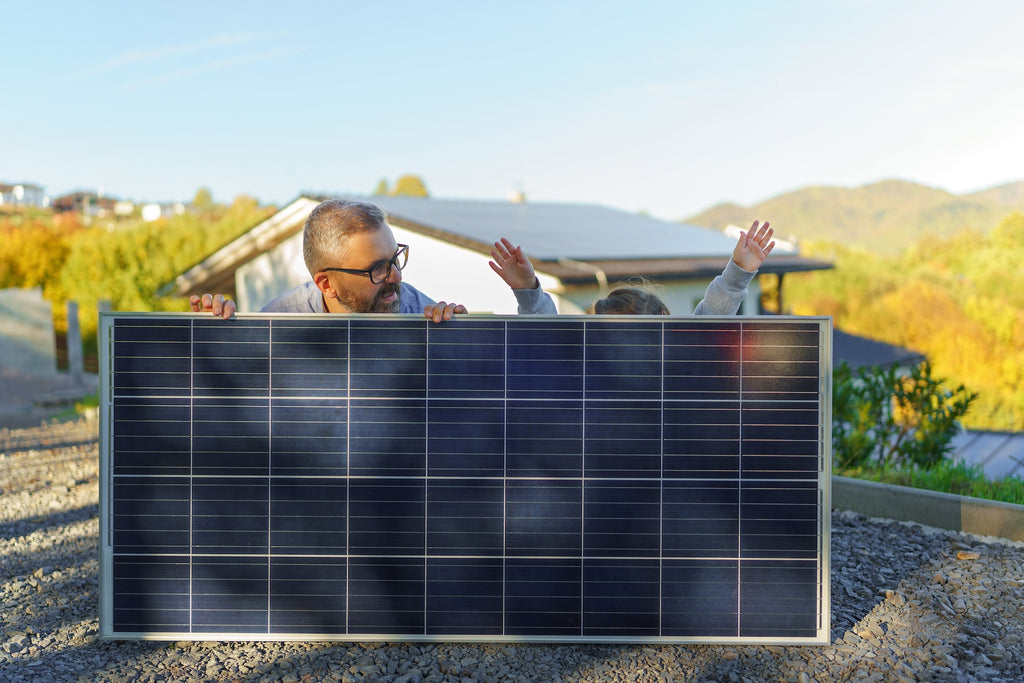
- The more light it receives, the more it produces: shade and cloudy weather are unfavorable to your instantaneous production, as is an orientation that is not perpendicular to the sun.
- The hotter it is, the less it produces: heat reduces the production of a panel.
Temperature coefficient of solar panels
Purchased toilets: measurements under standardized test conditions
- The temperature measured directly on the cells to within 1°C, this temperature is generally 25°C.
- The angle of incidence of the luminous flux
- the power (generally 1000W/m²) and the spectral nature (AM1.5) of the luminous flux as well as its homogeneous distribution on the measurement surface
W products: nominal operating conditions
- the outside temperature of 20°C
- the luminous flux of 800W/m²
- wind speed of 1 m/s
- On a Tongwei TH420PMB7 monocrystalline silicon solar panel, when the ambient temperature is 20°C, the wind speed is 1m/s and the luminous flux is 800W/m², the actual cell temperature is 42.3°C. As a first approximation, with a temperature coefficient of 0.34%, we then have a power degradation compared to STC conditions of 0.34*(42.3-20)=7.58%.
- If we extrapolate this calculation to an ambient temperature of 35°, assuming that the cells heat up as much at 35°C as at 20°C, we then have a power loss of 12.7%.
- In practice, on roofs where ventilation can be moderate and heat reverberation from the tiles significant, it is not uncommon to see cell temperatures above 70°C.
- Similarly, a wind speed of 1m/s
Comparison of performance values between standard conditions and nominal conditions for a solar panel
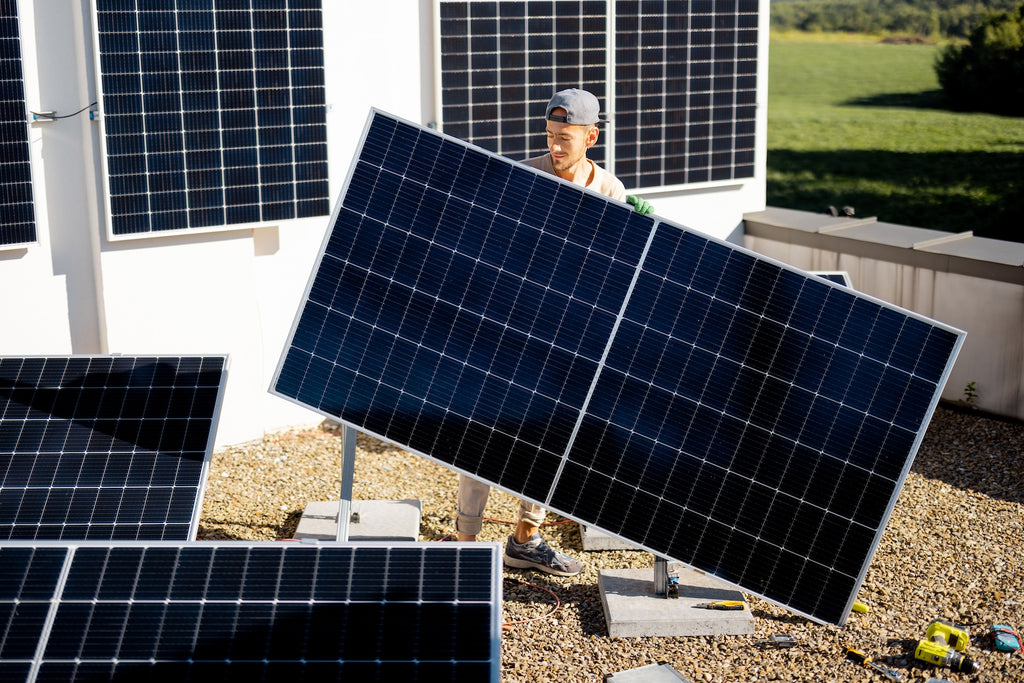
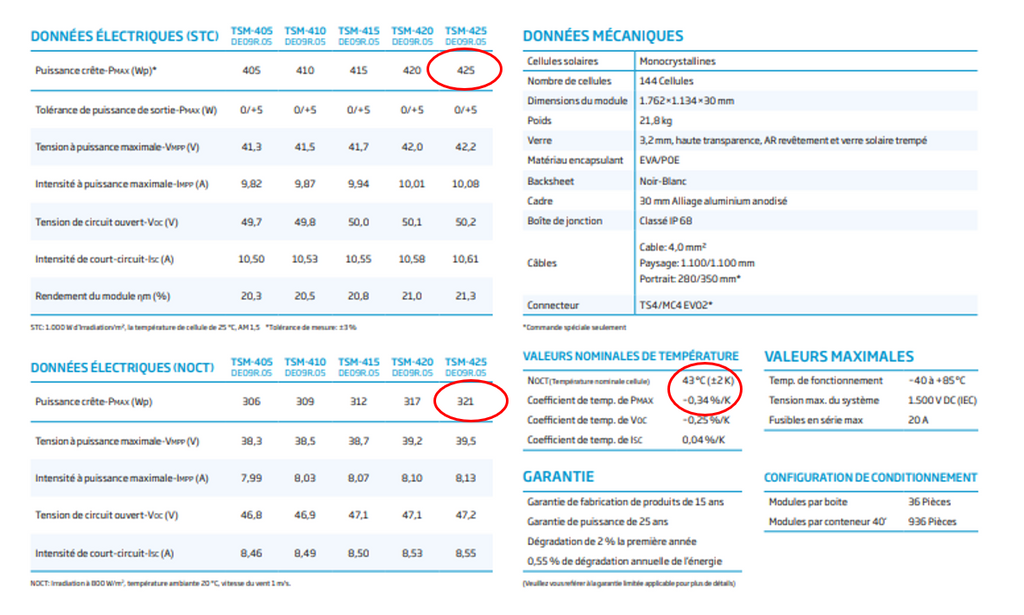
|
Brand
|
Sign
|
Wc STC
|
W NOCT
|
% variation
|
Temperature coefficient Pmpp%
|
|
Trina
|
TSM-DE09R.08
|
425
|
321
|
-24.47
|
0.34
|
|
Trina
|
TSM-DE09.05
|
390
|
294
|
-24.62
|
0.34
|
|
Tongwei
|
TW420PMB7 44SCS
|
420
|
316
|
-24.76
|
0.34
|
|
Tongwei
|
TW410PMB7 44SCF
|
410
|
309
|
-24.63
|
0.34
|
|
Longi
|
LR5-54HIH
|
410
|
306.56
|
-25.23
|
0.34
|
|
Bisol
|
Duplex BDO
|
375
|
NC
|
0.35
|
|
|
DMEGC
|
DM410M10-B54HST/HBT
|
410
|
311
|
-24.15
|
0.335
|
These measurements show that, in the best case, solar panels produce 25% less in real representative conditions than the peak power measured in laboratories .
- The outside temperature is low, but the sun is intense (10° and below)
- The luminous flux is concentrated: certain cloud edge phenomena or reverberation on the snow can induce a light concentration effect. On the surface of the panel, we will then have more than 1000W/m² of irradiation, which would correspond to more than a sun. This is rare, but it happens on certain spring days with large scattered white clouds.
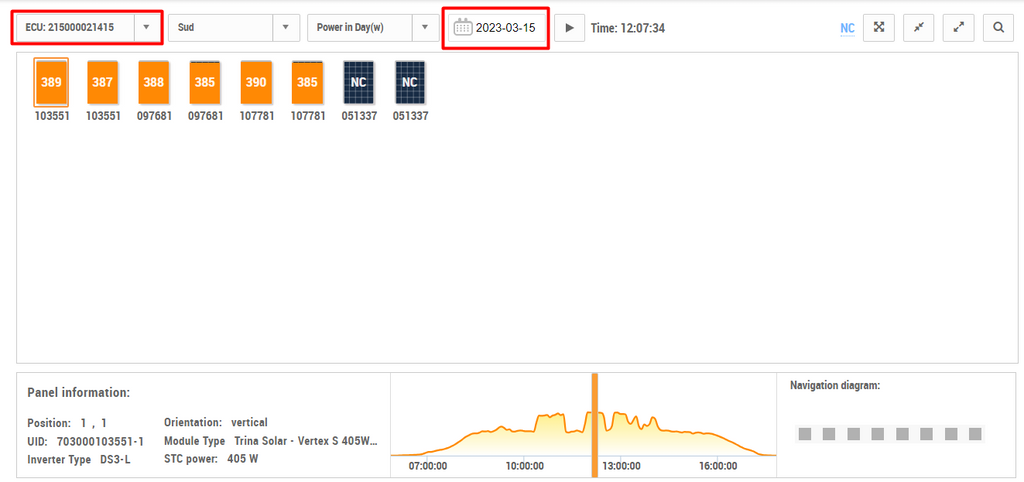
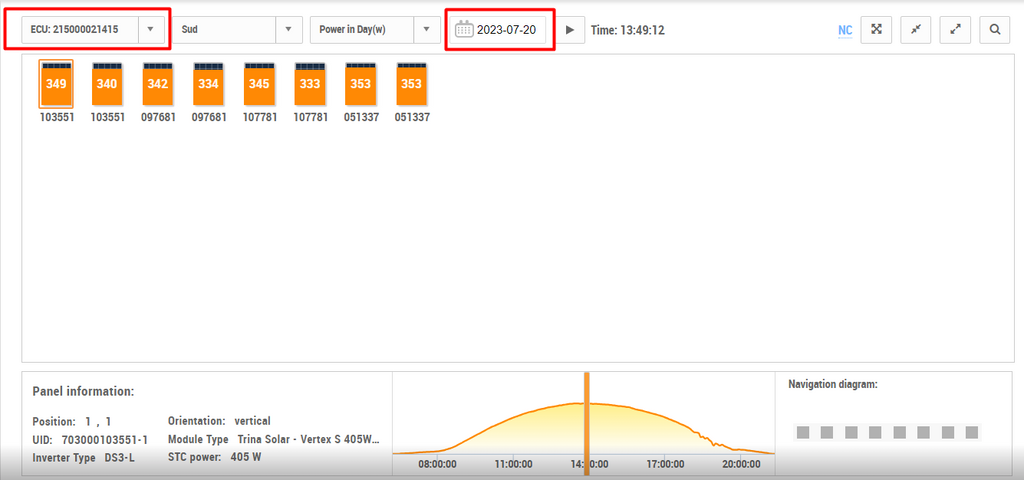
What impact on my solar system: choice of inverter?
The fact that solar panels, in real operation, very rarely produce more than 75% of their peak power has an impact on the sizing of another major component of the solar system: the inverter .
The inverter transforms the direct current from the panels into alternating current that can be directly used in the home's distribution network. An inverter will have a better conversion efficiency if it is operated in a regime close to its nominal power.
Therefore, in order to maximize the conversion efficiency and minimize investment costs , it is technically relevant to choose an inverter whose nominal power is between 70 and 90% of the peak power of the solar field . It is indeed counterproductive to oversize the inverter in relation to the power of the solar field.
For more information on inverter sizing in a solar system, you can find our article on the subject .
Instant power and energy harvesting

